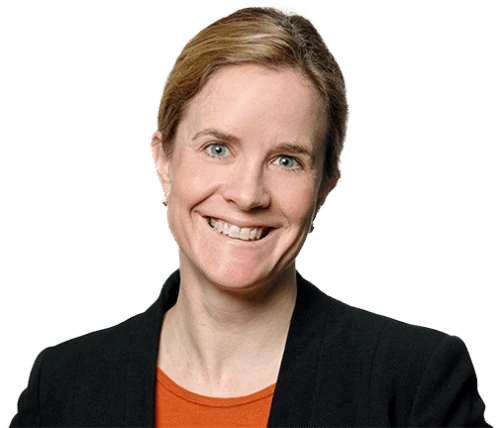The New South Wales (NSW) Office for Regional Youth (ORY) provides a whole-of-government approach to regional youth issues and ensures young people’s voices influence regional youth initiatives.
Focused investment in NSW regional youth
Through ORY the NSW Government has made significant investments in supporting young people in regional NSW to have opportunities for meaningful work, to have accessible health care and education, and to feel part of vibrant and inclusive communities.
ORY engaged us to connect with young people across the nine regions of regional NSW to understand what was most important for them and what investments could help improve their lives. This was the largest regional youth research project ever commissioned by the NSW Government.
We gathered and analysed data to understand the key issues
Using principles of human-centred design, we knew it was essential to connect with young people on their terms.
That was why our team travelled far and wide across the state – from Shoalhaven in the south to New England in the north and Bourke in the west. And when there we made sure to visit skate parks and other settings, including community organisations, where young people felt comfortable to speak their mind. Our in-person engagements ranged from workshops to personal interviews and pop-up conversations.
All up we spoke to more than 650 young people across the state. Our engagement strategy ensured we reached a wide cross-section of youth, including typically hard to reach cohorts that are often underrepresented and underserved.
We knew in-person engagements alone were not enough. That was why we distributed a survey, allowing young people to respond online. More than 1,300 young people completed the survey, including 16 per cent with disability or caring for someone with a disability, 16 per cent who were Aboriginal or Torres Strait Islander and 19 per cent who identified as LGBTIQ+.
Our third input was data on key economic and social indicators, including data on outcomes for young people in regional areas and metro Sydney to better understand disparities.
With these three inputs, we were then able to use triangulation to identify priority investment areas for each region.
To refine these priority investment areas, we tested them with government partners for investment and with government stakeholders from the Regional Youth Steering Committee (representing NSW departments including Education and Training, Transport and Justice) and the Regional Directors group.
We identified top priorities for the government
The output from our work was a detailed report for government, along with a summary version for public release.
This report identified top priorities and secondary priorities for each of the nine regions in four domains: Work Ready (skills and education), Wellbeing (health and inclusivity), Connectivity (transport and digital) and Community (belonging, agency and housing).
We also provided an investment framework to help the ORY make informed funding decisions, and high-level recommendations to support ORY to evaluate future programs.
The NSW Government used the research as the basis for the $40 million “Our Region, Our Voice” program, aimed at supporting regional youth to create their own future.
“This is an investment that has been shaped by youth for youth. We’ve engaged with 2,000 young people in regional communities across our state to understand what matters to them and to ensure this investment will meet the needs of the next generation, now and into the future,” Minister for Regional NSW Paul Toole said.
“From more mental health support and improved career pathways to greater recreational activities and reliable public transport, this research told us exactly what our regional youth want and need,” added Minister for Regional Youth Ben Franklin.
What you can learn from this project
Youth engagement requires a different style of facilitation, including engaging with young people in their own spaces; taking the time to build rapport before sessions; and creating more dynamism through movement and fun.
Getting authentic inputs requires making sure young people feel safe to speak their mind, including by giving them space away from adults who might pressure them to speak in certain ways.
No single source of data contains all the answers, so it is essential to triangulate multiple data sources to get a full understanding of the situation.


